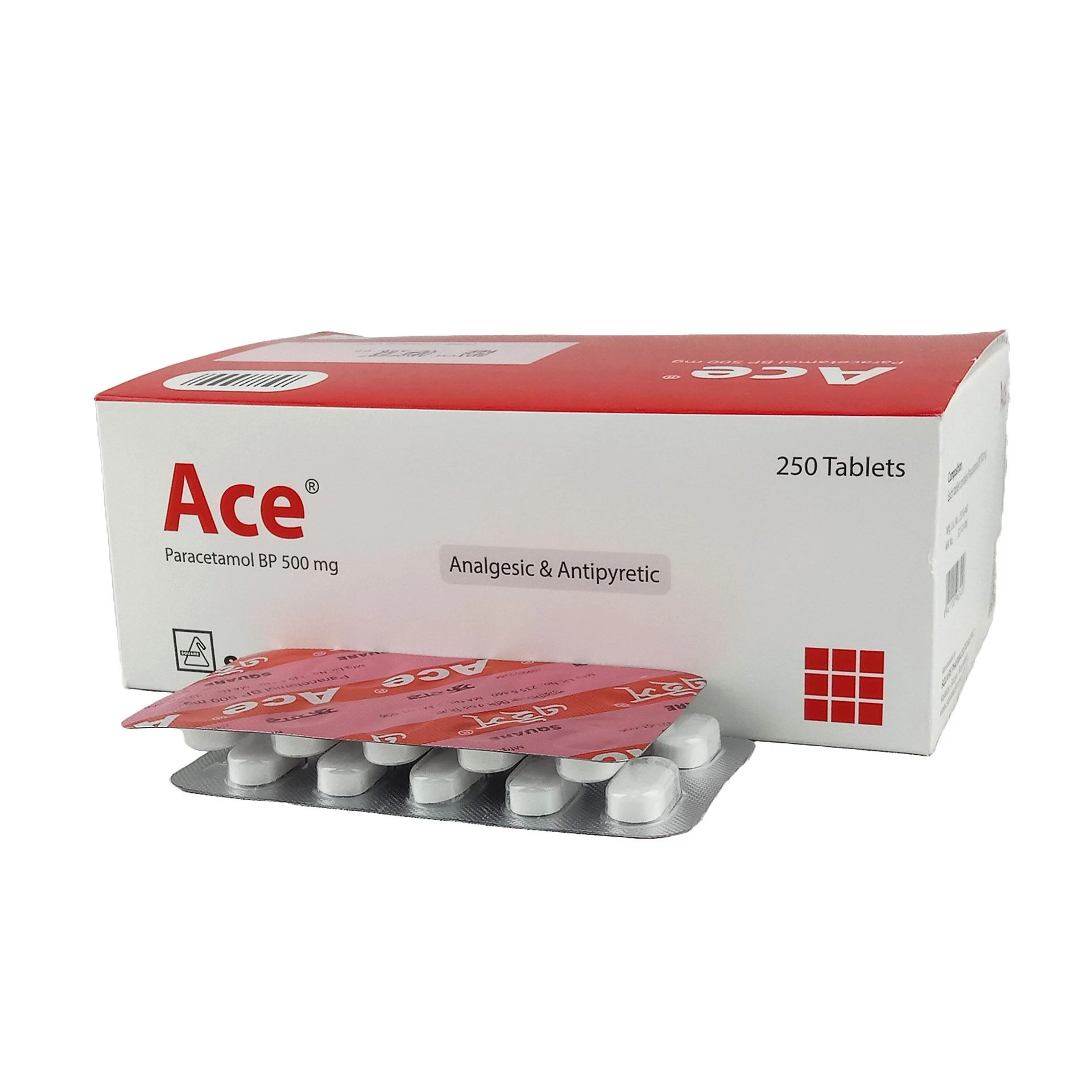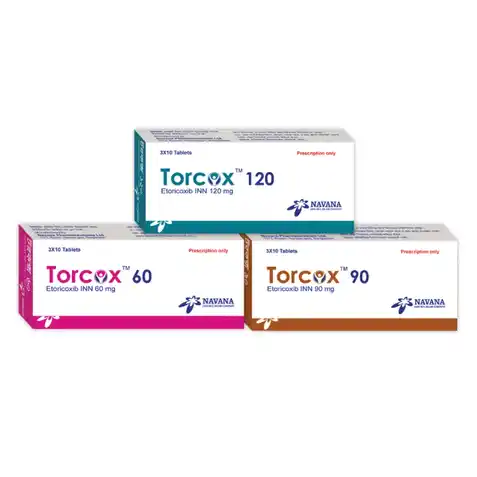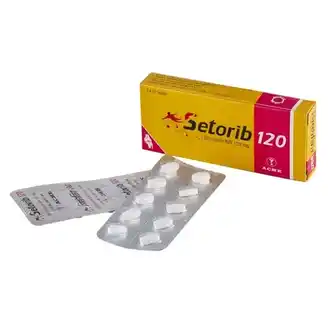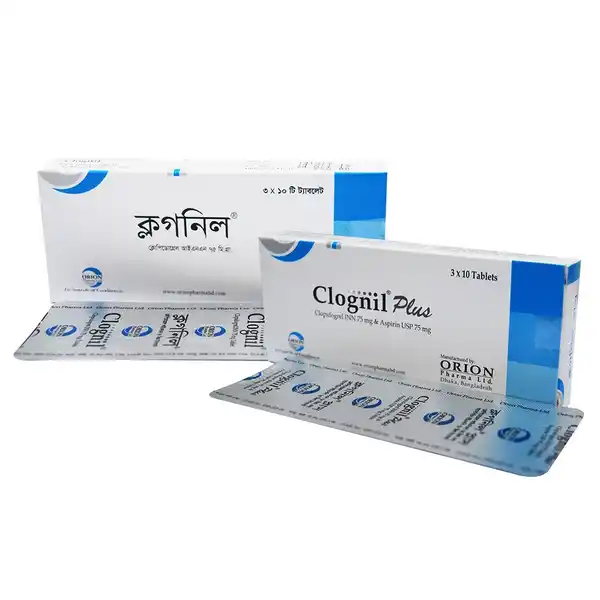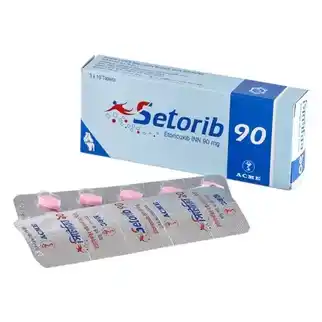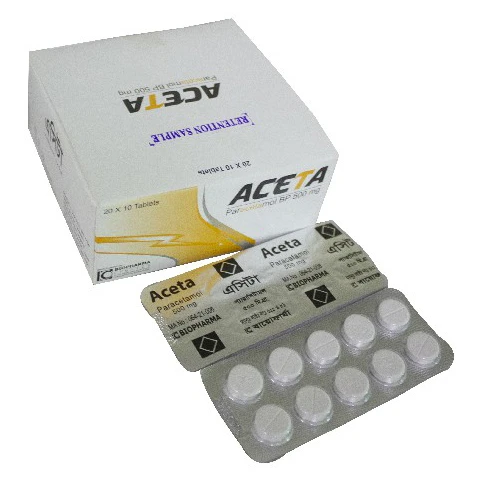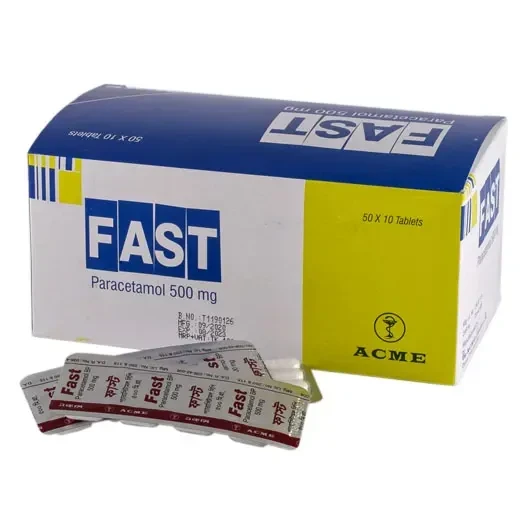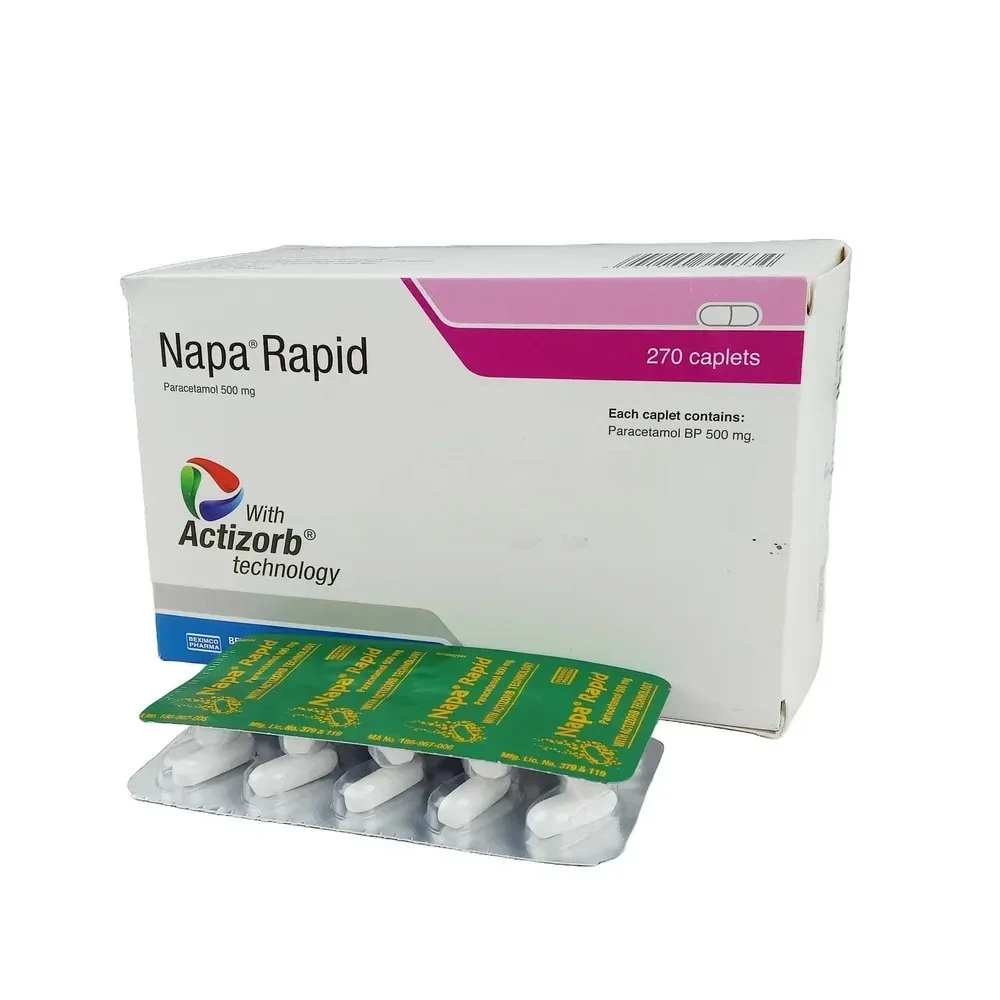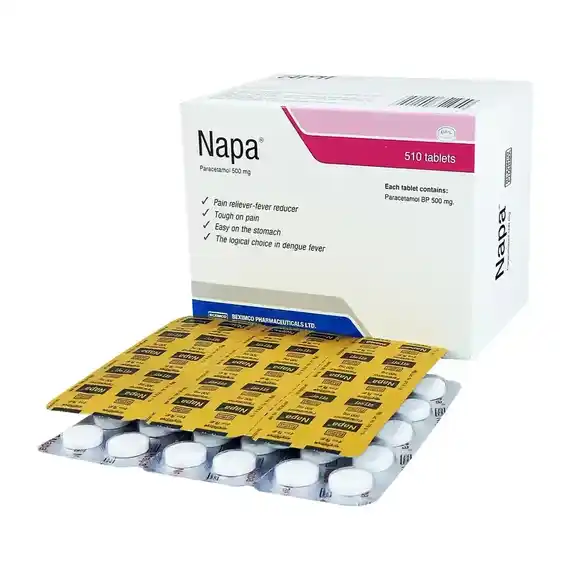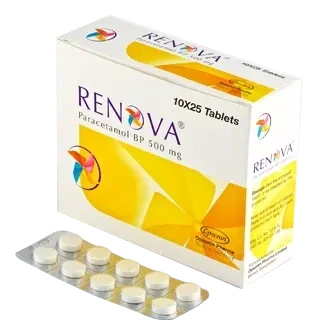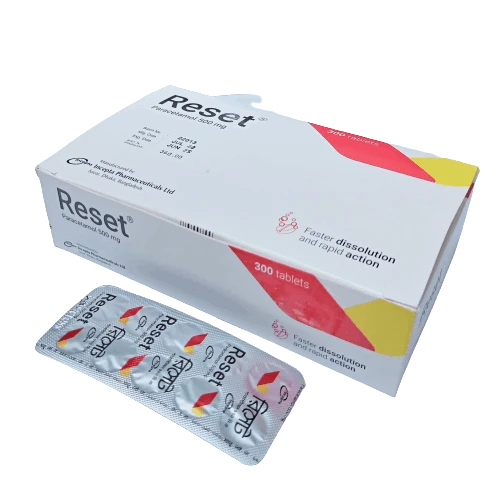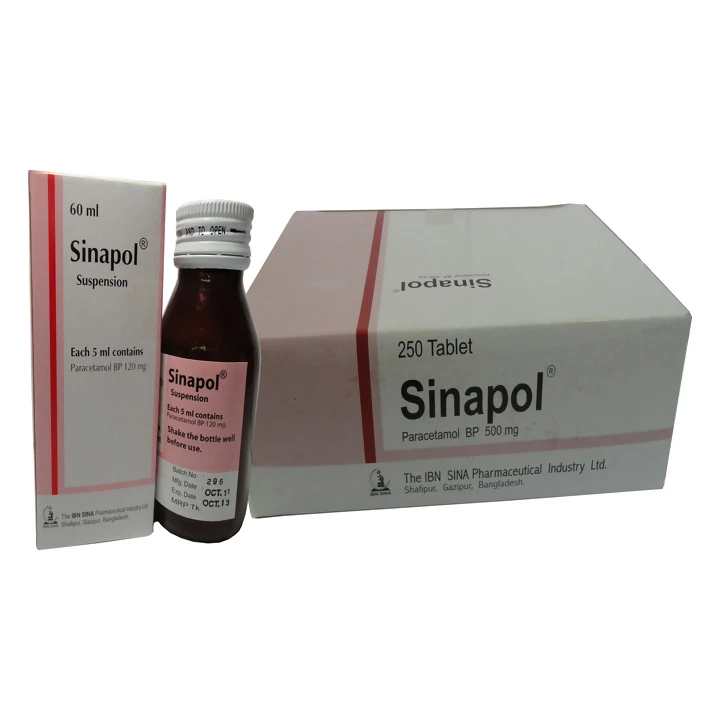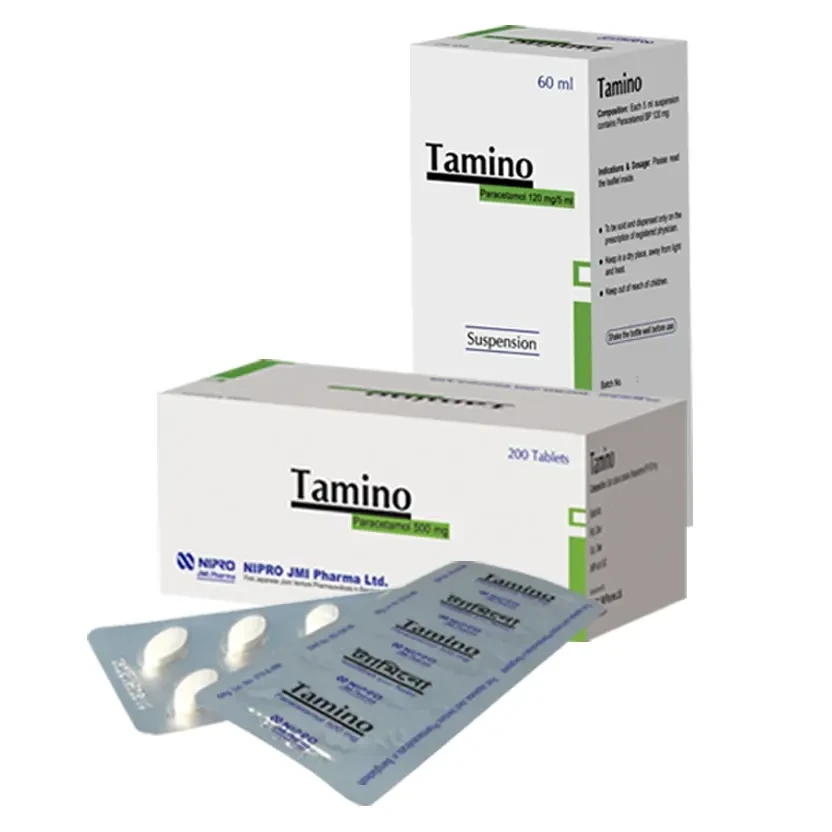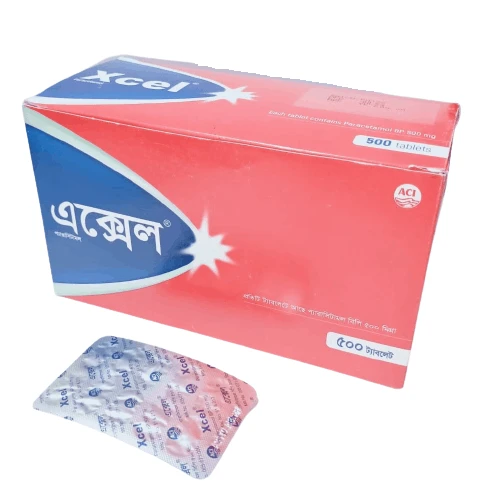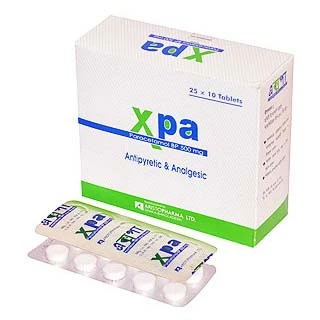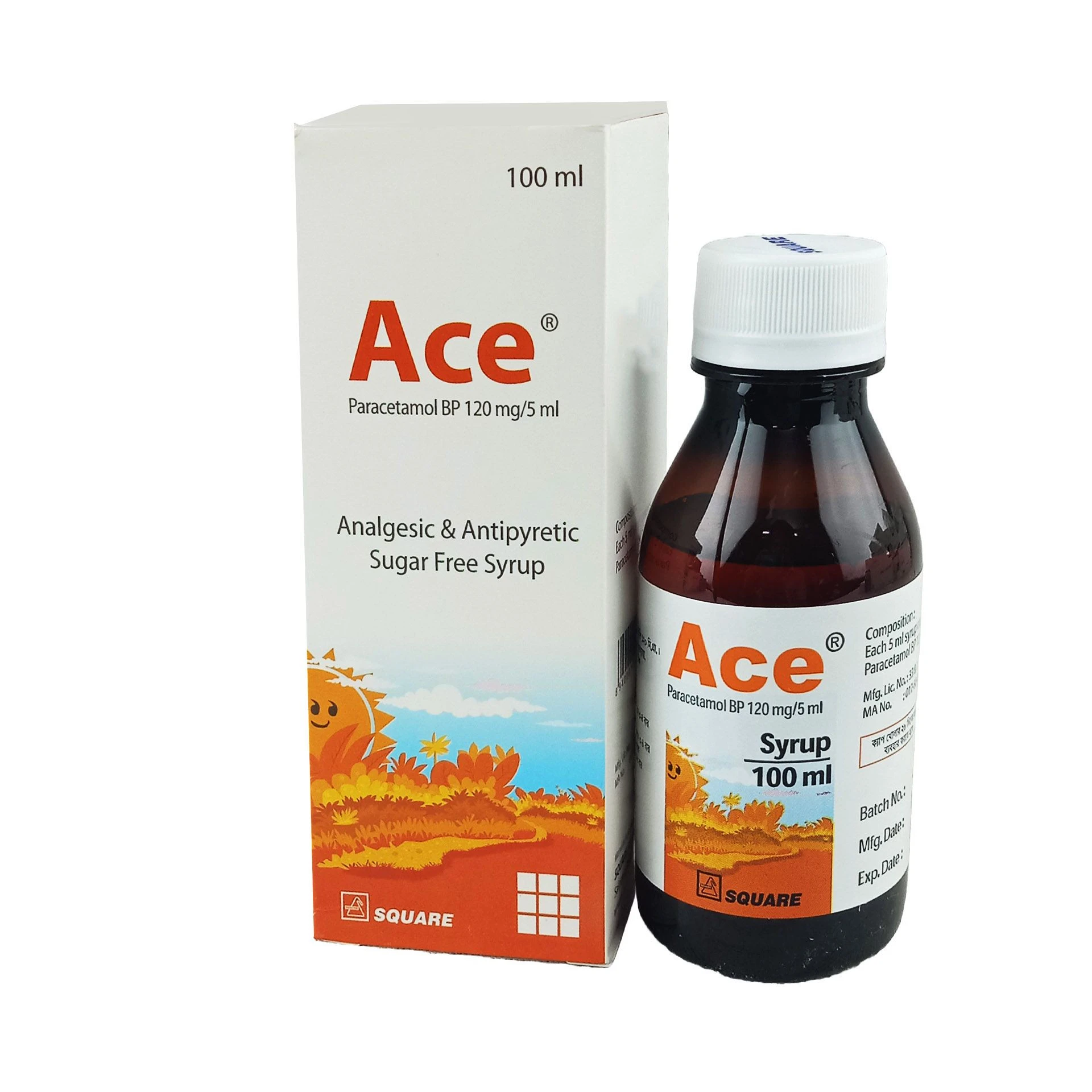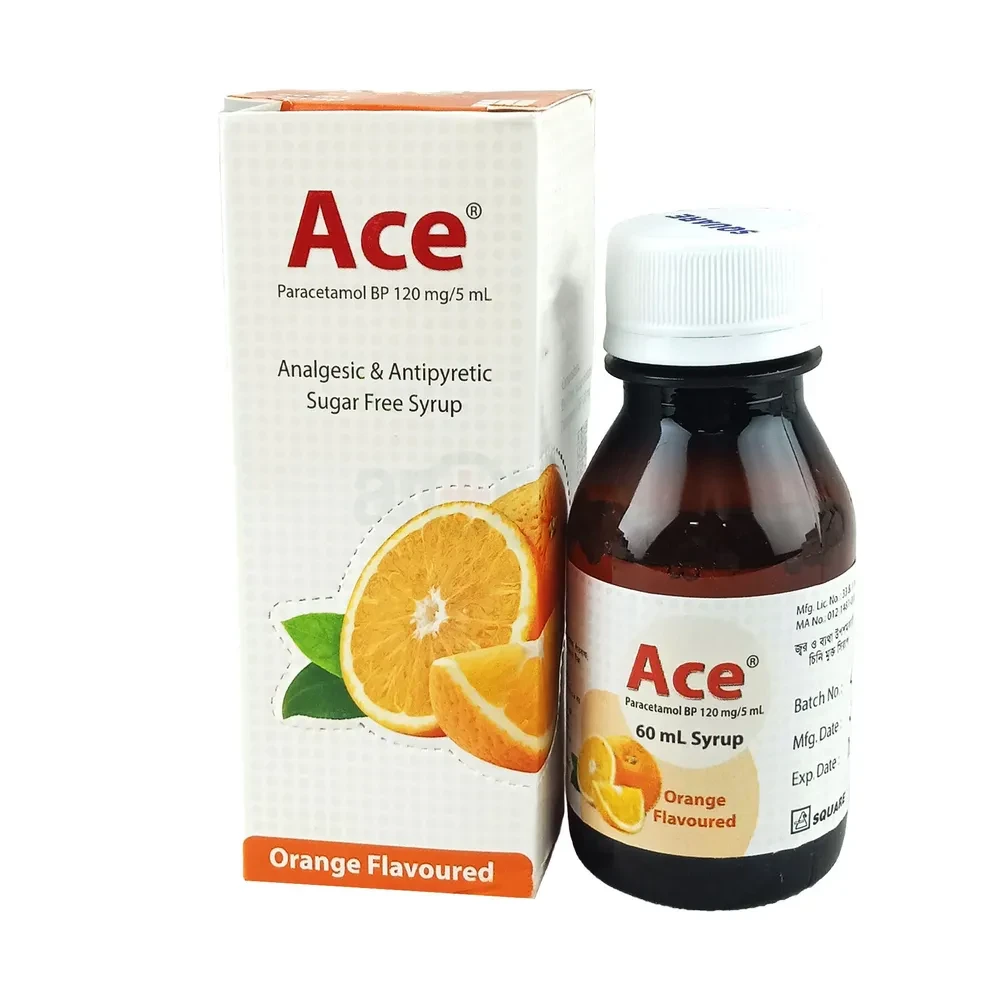UNSAFE
It is unsafe
to consume alcohol with Ace 500.
SAFE
IF PRESCRIBED
Ace 500 is
safe to use during pregnancy. Most studies have shown low or no risk to the
developing baby.
SAFE
IF PRESCRIBED
Ace 500 is
safe to use during breastfeeding. Human studies suggest that the drug does not
pass into the breastmilk in a significant amount and is not harmful to the
baby.
SAFE
Ace 500 does
not usually affect your ability to drive.
CAUTION
Ace 500
should be used with caution in patients with kidney disease. Dose adjustment of
Ace 500 may be needed. Please consult your doctor. However, Ace 500 contains
paracetamol which is considered the safest painkiller for kidney disease
patients.
CAUTION
Ace 500
should be used with caution in patients with liver disease. Dose adjustment of
Ace 500 may be needed. Please consult your doctor. However, the use of Ace 500
is not recommended in patients with severe liver disease and active liver
disease.
Medicine Overview of Ace 500mg Tablet
Introduction
Ace 500
500mg is a medicine used to relieve pain and to reduce fever. It is used to
treat many conditions such as headache, body ache, toothache and common
cold.Ace 500 may be prescr500mg ibed alone or in combination with another
medicine. You should take it regularly as advised by your doctor. It is usually
best taken with food otherwise it may upset your stomach. Do not take more or
use it for longer than recommended. Side effects are rare if this medicine is
used correctly but this medicine may cause stomach pain, nausea, and vomiting
in some people. Consult your doctor if any of these side effects bother you or
do not go away.This medicine is widely prescribed and considered safe but is
not suitable for everybody. Before taking it, let your doctor know if you have
liver or kidney problems or are using blood-thinning medicines. It may affect
the dose or suitability of this medicine. Let your doctor know about all the
other medicines you are taking because they may affect, or be affected by, this
medicine.
Uses of Ace
500
·
Pain relief
·
Fever
Side effects of Ace 500
Common
·
No common side effects seen
How to use Ace 500
- Take Ace 500
500mg medicine in the dose and duration as advised by your doctor. Swallow it
as a whole. Do not chew, crush or break it. Ace 500 500mg is to be taken with
food.
How Ace 500
works
- Ace 500
500mg is an analgesic (pain reliever) and anti-pyretic (fever reducer). It
works by blocking the release of certain chemical messengers that cause pain
and fever. Ace 500 is an analgesic (pain reliever) and anti-pyretic (fever
reducer). It works by blocking the release of certain chemical messengers that
cause pain and fever.
What if you
forget to take Ace 500?
- If you miss
a dose of Ace 500 500mg, take it as soon as possible. However, if it is almost
time for your next dose, skip the missed dose and go back to your regular
schedule. Do not double the dose.
Quick Tips
- ·
Ace 500 should be taken with food or milk to prevent upset
stomach.
·
Take it as per the dose and duration prescribed by your doctor.
Long term use may lead to serious complications such as stomach bleeding and
kidney problems.
- ·
Do not take indigestion remedies (antacids) within two hours of
taking Ace 500.
·
Avoid consuming alcohol while taking this medicine as it can
increase your risk of stomach problems.
·
Inform your doctor if you have liver disease as your dose may
need to be adjusted.
·
Your doctor may regularly monitor your kidney function, liver
function and levels of blood components if you are taking this medicine for
long-term treatment.
Brief Description
Indication
- Fever, Mild
to moderate pain, osteoarthritis, rheumatoid arthritis, chronic low back pain,
Renal stone pain, neuropathic pain, toothache, migraine, postoperative mild to
moderate pain.
Administration
- May be taken
with or without food.
Adult Dose
- Oral Mild to
moderate pain and fever Tablet Adult: 1 - 2 tablets every 4 to 6 hours up to a
maximum of 4 g (8 tablets) daily Extended Release (XR) Tablet Adults: 2
tablets, swallowed whole, every 6 to 8 hours (maximum of 6 tablets in any 24
hours). Syrup/Suspension: Adults: 4-8 Measuring spoonful 3-4 times daily;
Rectal Suppository Adults: 500 mg-1 g every 4-6 hours to a maximum of 4 g
daily.
Child Dose
- Oral Mild to
moderate pain and fever Tablet Children (6 - 12 years) : 1/2 to 1 tablet 3 to 4
times daily Extended Release (XR) Tablet Children over 12 years: 2 tablets,
swallowed whole, every 6 to 8 hours (maximum of 6 tablets in any 24 hours).
Syrup Mild to moderate pain and fever Children: 3 months - <1 year : 60 -
120 mg (1/2 - 1 measuring spoonful), 1 - 5 years : 1 - 2 measuring spoonful 6 -
12 years : 2 - 4 measuring spoonful Children: 2 months: 60 mg (1/2 measuring
spoonful) for post immunization pyrexia; Paediatric Drops Mild to moderate pain
and fever Children Up to 3 months: 0.5 ml (40 mg) 4 to 11 months: 1.0 ml (80
mg) 1 to <2 years: 1.5 ml (120 mg) 2 to 3 years: 2 ml (160mg) 4 to 5 years:
3 ml (240 mg) Dose can be repeated, every 4 hours. Rectal Mild to moderate pain
and fever Suppository Children: 3 months-<1 year: 60-125 mg 1-<5 years:
125-250 mg 5-12 years: 250-500 mg These doses may be repeated every 4-6 hours
as necessary (maximum 4 doses in 24 hours). Children over 12 years: 500 mg-1 g
every 4-6 hours to a maximum of 4 g daily. Post-immunisation pyrexia Child: 2-3
mth 60 mg. If necessary, a 2nd dose may be given after 4-6 hr.
Contraindication
Hypersensitivity.
Mode of
Action
- Paracetamol
exhibits analgesic action by peripheral blockage of pain impulse generation. It
produces antipyresis by inhibiting the hypothalamic heat-regulating centre. Its
weak anti-inflammatory activity is related to inhibition of prostaglandin
synthesis in the CNS.
Precaution
- Patient w/
chronic alcoholism, known G6PD deficiency, severe hypovolaemia, chronic
malnutrition. Renal and hepatic impairment. Pregnancy and lactation. Monitoring
Parameters Monitor serum paracetamol levels esp when acute overdosage is
suspected and w/ long-term use.
Side Effect
- Thrombocytopenia,
leucopenia, pancytopenia, neutropenia, agranulocytosis, pain and burning
sensation at inj site. Rarely, hypotension and tachycardia. Potentially Fatal:
Stevens-Johnson syndrome, toxic epidermal necrolysis, acute generalised
exanthematous pustulosis, acute renal tubular necrosis and hepatotoxicity.
Interaction
-
May reduce serum
levels w/ anticonvulsants (e.g. phenytoin, barbiturates, carbamazepine). May
enhance the anticoagulant effect of warfarin and other coumarins w/ prolonged
use. Accelerated absorption w/ metoclopramide and domperidone. May increase
serum levels w/ probenecid. May increase serum levels of chloramphenicol. May
reduce absorption w/ colestyramine w/in 1 hr of admin. May cause severe
hypothermia w/ phenothiazine.



